Interview with One of Pig Iron Theatre’s Artistic Directors, Dan Rothenberg, and Collaborating Artist Troy Herion

Amy Brady: Pig Iron Theatre is celebrating its twentieth anniversary this year. How did Pig Iron get its start, and what is the secret to its longevity?
Dan Rothenberg: Hitting the twenty-year mark means there are lots of opportunities for reflection on what you thought might happen when you were twenty-one and starting a theatre company one week out of undergrad. The stuff you don’t know can fill a lot of books, but even if you read those books, a lot of the stuff you don’t know you need to learn the hard way. There were several undergrads at Swarthmore College who had had various points of contact with different ensemble theatres, Polish theatremakers, and new vaudeville acts that were happening in the 90s. We were definitely inspired by Joe Chaikin and the Open Theater, Ariane Mnouchkine and Le Theatre du Soleil, and Bill Irwin and his New Vaudeville pieces. The word “devising” hadn’t really gained currency in America yet, so our thinking was to bring together dance creators, clown creators, and theatremakers and put together hybrid performance works. We were also interested in the playwriting at that time, like Angels in America, pieces that had a heightened theatricality that we thought could be approached from all these different disciplines. After three or four years of creating these collage pieces, several of Pig Iron’s founders went to Ecole Jacques Lecoq. After working with some of those folks, we started concentrating on making collages that didn’t so much pull from lots of different kinds of performances, but were complete works that had a physical approach and were each unique.
Dan: [w]hat’s really exciting about working with these musicians and opera singers is seeing and hearing how they use breath. They have these super powers with breath that theatre people can draw inspiration from and make a different kind of breath counterpart. When you start to see different art forms as different translations of breath it’s possible for everyone to play together.
From the inside we’re rather restless creators who want to start over every time. We ask formal questions about the characters in our work, about the dramatic structure in performance, but in an effort to avoid dilettantism, we try to go deeper. There’s a fundamental curiosity about the presence of the actor—to pull the title from Joseph Chaikin’s book—that I think goes through all of the work we do. Pig Iron Theatre is clown plays and formal experiments. I feel like we’ve avoided putting the word “clown” on what we do because it’s not the atmosphere of clown that really interests us but the technique of connecting to the audience. There’s also this really important sense of humor. There has been a coldness or self-seriousness that has run through the downtown New York experimental theatre scene for the past five decades that can bore us to tears. We’re still interested in rigor, but we try to bring something that has humor and humanity to it.
This is getting long, isn’t it?
What is key to our longevity is that we never wanted to be a cult, we never wanted to be just a family of makers who are driving each other crazy over the decades, so there’s room for people to take off and come back in a different capacity. And, we really feel it’s important to keep bringing in what we call a Wild Card. Troy is that person for the next season. His approach has to do with music but also to narrative and visual composition, and it collides with my understanding of those things. Our Wild Cards have collaborated with us to make some of the most exciting things we’ve done. They are all such an interesting array of artists, from Toshiki Okada to Joe Chaikin to choreographer David Brick to Cynthia Hopkins. Each of those encounters begins with actors improvising and trying to create a world while listening to various aesthetic provocations.
Amy: Your talk of collaborators is a great segue into your background, Troy. On your website you describe yourself as a composer and filmmaker. Can you talk about your artistic background and how your work in music and visual arts intersects with your work in the theatre?
Troy: My solution to identity was to ask myself “what do I want to do at the moment?” and I’ll call myself that, all the while knowing that I can do something different in the future and that it will be something different from what I’ve done in the past. My background is in music. I went to school for music and have just about finished my PhD in classical composition. However, I’ve always been involved and interested in “context of art” so that’s really left me in a position where I investigate all art forms. I love theatre, dance, filmmaking, but I will say that I’m comfortable calling myself “musician” because that’s what I’m best at and I do think that music is the lens through which I see most of these other art forms.
When I worked with Pig Iron back in 2005, when Dan and I first met, right from the beginning we were interested in expanded notions of what music is. This was my first real theatre job, and I was surprised that Dan wanted me to be at almost every rehearsal. He wanted to create a holistic experience where anyone could have input. What I noticed during these rehearsals was that music terminology was always being used. Words like harmony, dissonance, counterpart, and rhythm—all of which are in common usage but in a rehearsal mean something other than how a musician would be using them. So that stimulated something early on—to get to the heart of the matter of these terms. For example, what do people really mean when they say that something is harmonious? Can a dancer be in counterpart with a sound? Do we think of them as being on the same artistic plane? Can an image and a sound work that way? These are very fundamental questions that have underlined all of my artwork of the last five to six years, as a solo artist and as a collaborator. They are what brought Dan and me together.
Amy: What is it like to improvise with music and movement at the same time?
Dan: Troy and I are starting to have some get-to-the-root-of-it conversations about improvisation. I don’t usually use the word improvise, because in the context of the theatre in can mean comedy improvisation, which has some very basic rules that people learn that allows them to create a delivery system for a pretty narrow experience for the audience. Having to justify is one of the comedy improvisation rules, but I try not to use that word, so I don’t put theatre performers in that mindset. Instead, I say something like “when you enter the stage, make something up. Here’s what you know, and here’s what you don’t know.”
All live performances are on a continuum—they’re never fully improvised or fully scripted. This is something Troy and I have been talking about. The term means something different in every performance process, and that’s why I get the actors together before I get the script—to redefine what improvise means each time. To me, what’s really exciting about working with these musicians and opera singers that Troy brought to us is seeing and hearing how they use breath. They have these super powers with breath that theatre people can draw inspiration from and make a different kind of breath counterpart. When you start to see different art forms as different translations of breath it’s possible for everyone to play together.
Troy: In musical terms, breath can be used interchangeably with phrasing. In a lot of performance practice, whether you’re playing the piano or the cello, you mimic breath. As a musician I’ve learned that improvisation is really choosing in a moment, spontaneously, a few prepackaged ideas. Mozart was an improviser. He improvised within a style. He had these prepackaged ideas that he was trying/using/mixing up and they came out differently every time. John Coltrane was an improviser who chose from prepackaged ideas as well. You can study the scales that Coltrane practiced for his entire life and then hear how he recombined them in the moment. So I think of improvisation as something that requires style first and intuition second—experiencing that style instantaneously. So when we first brought up the idea of having musicians and actors improvise at the same time, it made me very nervous because I thought that we wouldn’t have enough information to create a style.
Amy: You both are currently working together on a piece called A Period of Animate Existence. How did the idea for this piece come about, and how did you end up collaborating on it?
Dan: I’ve had a pretty concise image that I’ve been kicking around inside my head for years, an image that actually changed when Troy came aboard. The image was simple—a choir of elders and a choir of children singing at and to each other. Also, like many people, I’m frustrated with the dialogue around climate change. I was wondering how is it that America is so focused on the family, and if we think that our grandchildren will excoriate us, would that motivate something? So that was the beginning, but in talking to Troy, the piece has become much less a scolding bumper sticker and much more expansive and even at times escaping me as we develop it. Troy brought this concept of Henri Bergson’s—élan vital. The concept has led us to ask, what is the life force that motivates all of the world?
Troy: We had the young and the old, which was one of the basic concepts of the piece. What is the difference between the young and the old, when they come from the same life force or have the same impulse that pushes them through and motivates them? When do their perspectives start to split, especially on big topics like the future of life?
Dan: We also started thinking about sexual energies in really expansive ways. That imagery is lacking, is often a mystery, when we talk about those two groups. Sex is not procreative anymore for the older people, and sex is a mysterious horizon for the prepubescent people. But then we started thinking about Bergson and the sexual energy that runs through the regeneration of plants, the pollination of flowers, through so much of human culture, and started thinking about turning that force into a character in our play or a movement of music.
Troy: If there is any politics in my work, it’s a politics of optimism that remains in spite of a hopeless cause. Life keeps moving forward blindly even into disaster. There’s a politics of optimism in action and good will but not naiveté. How does life grow even in the situation of incredible difficulty or even hopelessness?
Amy: What role do you think theatre does or should play in addressing larger social concerns, whether they’re about climate change or something else?
Dan: All of my political work has been with Troy, which is kind of strange. The last piece that Troy and I made together had people walking down the evacuation stairs of a skyscraper thinking it was a drill and then firemen coming up the stairs causing people to panic. It was about 9/11. David Brick, the co-director and choreographer, and I were thinking about the grief we felt around 9/11 that had been subsumed and plastered over by the war in Iraq and Afghanistan and how hard it was to connect to that initial moment of grief. In a way, in that moment in 2006, I think that it was still hard to talk about 9/11—in some ways it’s still hard to talk about it—because the conversations were mostly about whether you were for or against the war, whether America was a state-actor in state-sponsored terror around the world or was defending its way of life against savages. In a way, the piece was an attempt to create a third space where we could create a different kind of dialogue. So, I guess I’m interested in art of all kinds that can open up clearings where new things can be heard.
I’ve stayed away from art that hammers on too much rage about justice and art that makes specific policy prescriptions, because I think that there are other venues to have rational discussions about what government policy should be. In art, it’s important to consider that if you provide too many answers it’s really boring and people aren’t going to want to listen. It’d be preaching to the choir; the only people who will hear you are the people who already agree, and that sort of approach is not useful or attractive as art. That’s my position currently, although I’m entering my forties and I’m starting to get impatient with the phrase “art should ask questions, not provide answers.” I understand and very deeply feel that that should be an aesthetic standard, but that isn’t a political standard. To feel that way about aesthetics doesn’t mean you can’t be outraged by politics. At the same time, I don’t want to make pieces that are just false equivalences, just prevarications.
Troy: I don’t like creating political work. It really confuses me for a lot of reasons. I also get really anxious at the idea of preaching to a choir. Solutions to complex problems are complex, too, and I don’t feel comfortable simplifying something so complex. For example, in the piece we’re creating now about climate change, I was drawn more to the existential issues. When I started to meditate on my own feelings on climate change the first real thought that kept reoccurring was the helplessness toward this issue and feeling like that’s what I expect a lot of people to feel, and that fit better with a piece of artwork. But I don’t want to make a meditation just on helplessness. If there is any politics in my work, it’s a politics of optimism that remains in spite of a hopeless cause. Life keeps moving forward blindly even into disaster. There’s a politics of optimism in action and good will but not naiveté. How does life grow even in the situation of incredible difficulty or even hopelessness? That’s what we’re dealing with here, but it’s hard to say too much about it because we’re still in the early stages.
Amy: What sort of advice do you have for students who are interested in creating their own collaborative and experimental work?
Troy: I think there’s something really special about the age of traditional college students. I don’t look at the ages between eighteen and twenty-five as a time for foolhardy pursuits. I think it’s a very special time of life. I think that once you go after your dreams and you find that they are harder and more complex than you realized, that doesn’t make that time not worthwhile. In my own life, I was extremely confident during those years and did whatever I thought I should do and that was extremely important. And I would encourage anyone else to do the same. But be as creative as possible, and be as curious as possible, and absolutely do everything that you can do.
Dan: The funny thing is that I spend a lot of time thinking about all the things I would say to my twenty-one-year-old self if I could go back. But the point is those things were there for me to learn; I couldn’t hear them. What I have realized, working collaboratively is that theatre people are actually pretty bad at collaborating. We’ve been hired by business schools a few times to do teamworking workshops, and I at first thought, “these guys are going to need to learn how to collaborate.” But it turns out business people spend their whole time in school learning about group dynamics and how to work in groups. These guys finished on time and listened to each other, and actually stepped back and thought about how their group functioned. Young theatremakers want to work in groups, but actually they want groups to love every idea they come up with. And because we traffic in emotions, there’s this idea of “I can be as emotional as I want in this group and that’ll just improve the work.” So, I guess what young folks who are working as collaborators need to know is don’t get too bent out of shape by the fact that you can’t completely personally shape any particular project. There’s plenty to learn in the act of creation, including maintain an attitude of curiosity. I think there’s a fear at a young age that your identity will be swallowed up and that it’s fragile and if you don’t stand up for it it’ll just be rolled over. That’s not true. A better approach is to keep your distance and figure out where it’s best for you to step in. That’s something I wish I had done a lot more of.

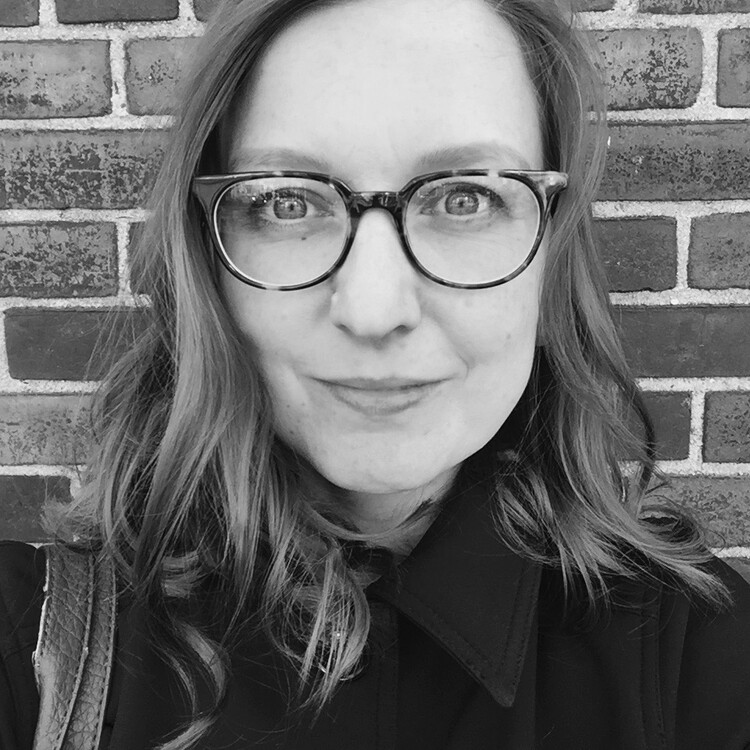
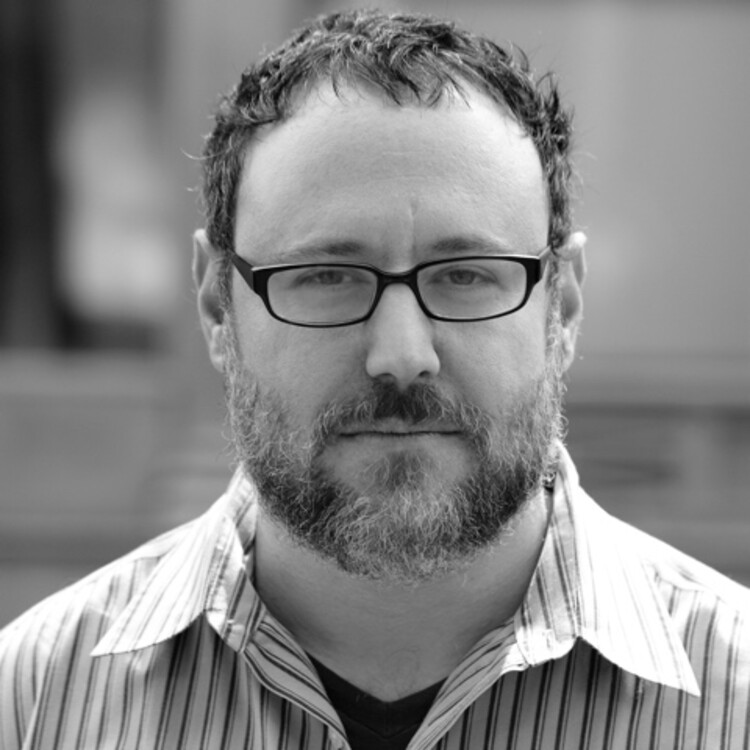
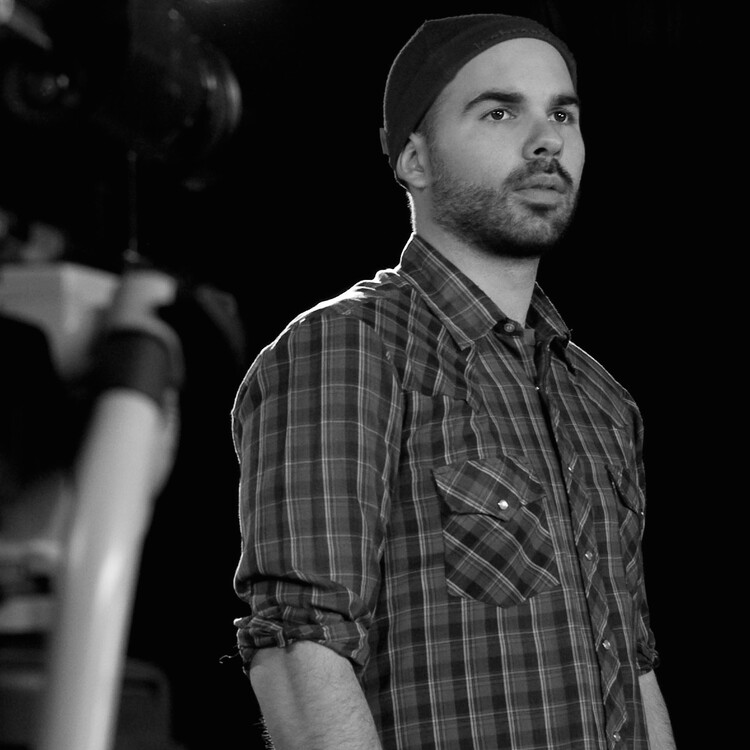




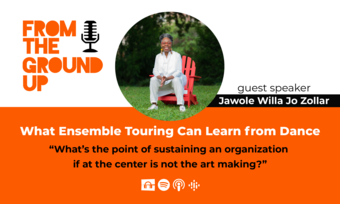


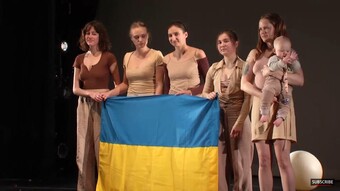

Comments
The article is just the start of the conversation—we want to know what you think about this subject, too! HowlRound is a space for knowledge-sharing, and we welcome spirited, thoughtful, and on-topic dialogue. Find our full comments policy here
"I think there’s a fear at a young age that your identity will be swallowed up and that it’s fragile and if you don’t stand up for it it’ll just be rolled over. That’s not true. A better approach is to keep your distance and figure out where it’s best for you to step in. That’s something I wish I had done a lot more of." - Dan Rothenberg. Great advice for people of any age! Thank you!